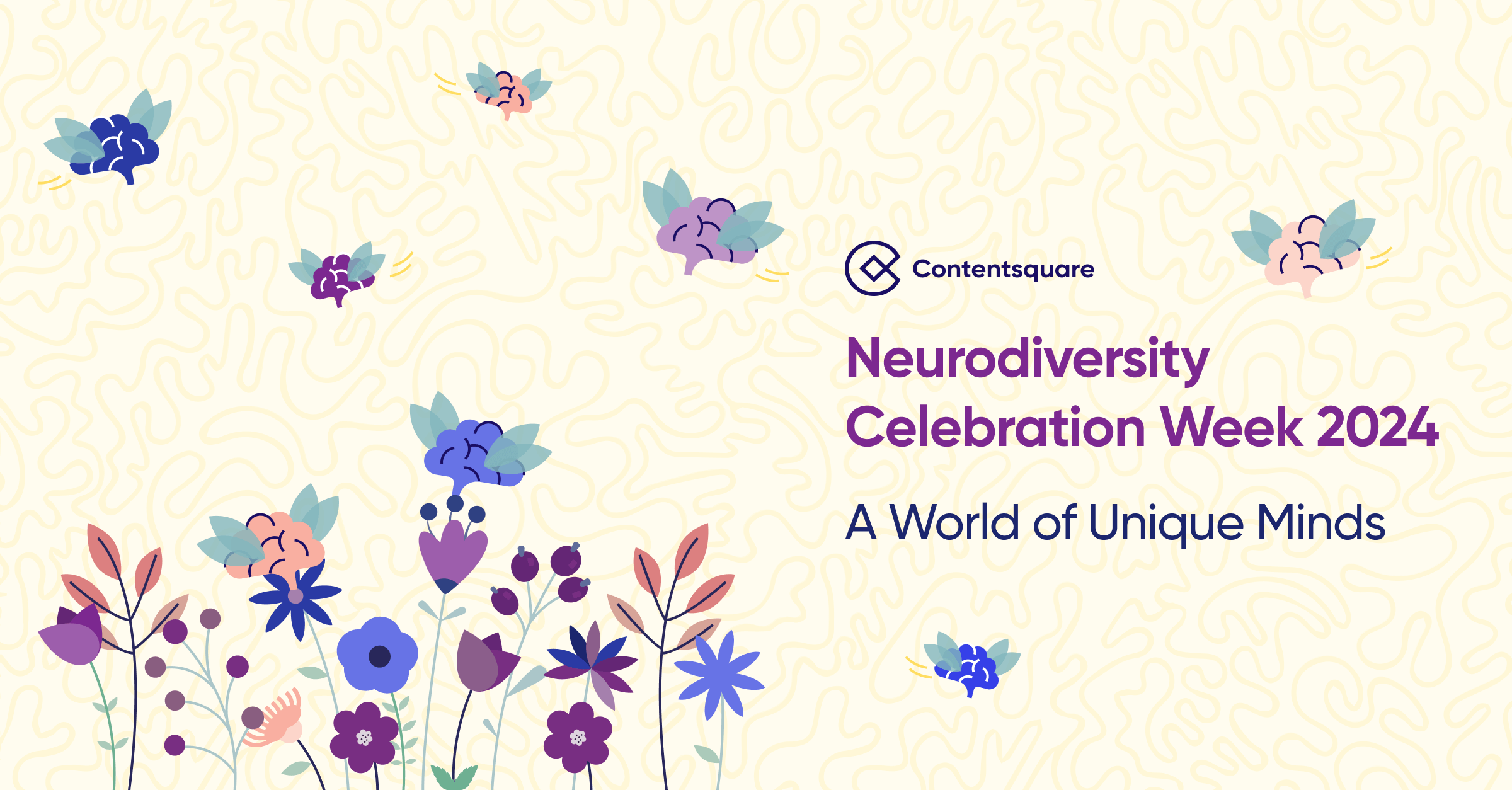Neurodiversity: A World of Unique Minds

This week marks the celebration of Neurodiversity Week, an opportunity to dive into the beautiful complexity of human brains. But first, what exactly is neurodiversity? At the core, we’re all built from the same blueprint and yet we’re wired in wonderfully diverse ways. This diversity in brain function and behavioral traits is not just normal; it’s a natural aspect of human variation.
Some individuals, known as neurodiverse, neurodivergent, or neuro-atypical experience the world with a unique neuronal wiring. This can be due to a variety of factors, including genetics, environmental influences, or life experiences. Neurodiverse people represent 10 to 15% of the population.
Neurodiversity encompasses a range of conditions:
- All Dysfunctions (Dyslexia, Dyscalculia, Dysgraphia, Dysphasia, Dyspraxia, ADHD – Attention Deficit and Hyperactivity Disorder),
- Autism spectrum (a close cousin of the Dysfunctions),
- Developmental Language Disorder
- Tourette syndrome
All of these are worth exploring, but today we’ll dive a little deeper into ADHD.
A Focus on What ADHD Is and How It Manifests
ADHD stands for Attention Deficit and Hyperactivity Disorder.
Moving into a closer look at ADHD, it’s crucial to dismantle some common misconceptions.
When someone talks about ADHD, people tend to imagine a 6-year-old kid in constant movements: running around, climbing, screaming, kicking, etc.
First, it is important to understand that ADHD affects both children and adults. It’s a condition present from birth, accompanying individuals throughout their lives, and can manifest differently across genders and individuals.
At its heart, ADHD is not just about hyperactivity. It includes symptoms of attention disorder, hyperactivity, and impulsivity, but not everyone with ADHD experiences all these symptoms to the same degree. For example, while one person may have significant attention difficulties, another might struggle more with impulsivity.
The daily life of someone with ADHD is filled with unique challenges: from losing track of time, forgetting important things, to managing endless distractions. “ADHD is like having a bee brain, buzzing around, jumping from subject to subject”, is something anyone with ADHD could say.
Yet, people with ADHD can also have moments of hyperfocus. It reveals the strength and resilience of individuals with ADHD, showcasing their ability to deeply engage with tasks when conditions align with their unique processing style.
Strategies for Working with People Who Have ADHD
Understanding and adapting to the needs of individuals with ADHD is not just beneficial; it’s essential for creating inclusive environments. Recognizing the unique needs and strengths of people with ADHD allows for the development of strategies that can significantly improve their quality of life and productivity.
For instance, creating a quieter workspace can help reduce distractions, enabling those with ADHD to better focus. Simple adjustments, such as using technical tools for organization or employing specific thinking techniques, can make a world of difference.
As another example, if you feel like the person is losing focus, you could gently remind them, shift the discussion or task to something else before coming back to the initial topic, or simply propose a break.
It’s about fostering an environment that accommodates everyone’s needs, allowing individuals to thrive not in spite of their neurodiversity but because of it.



